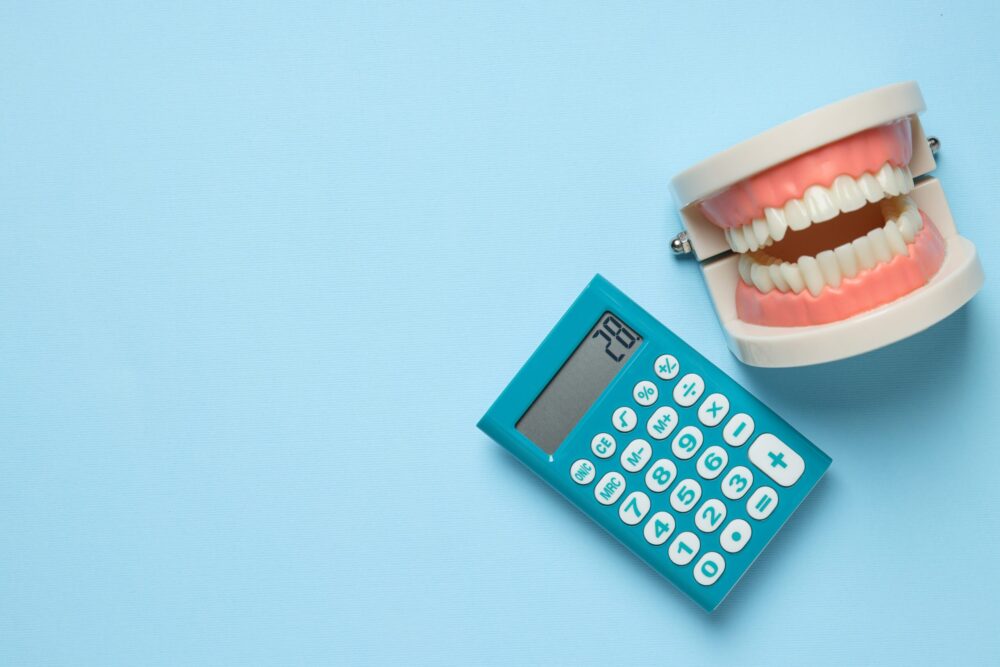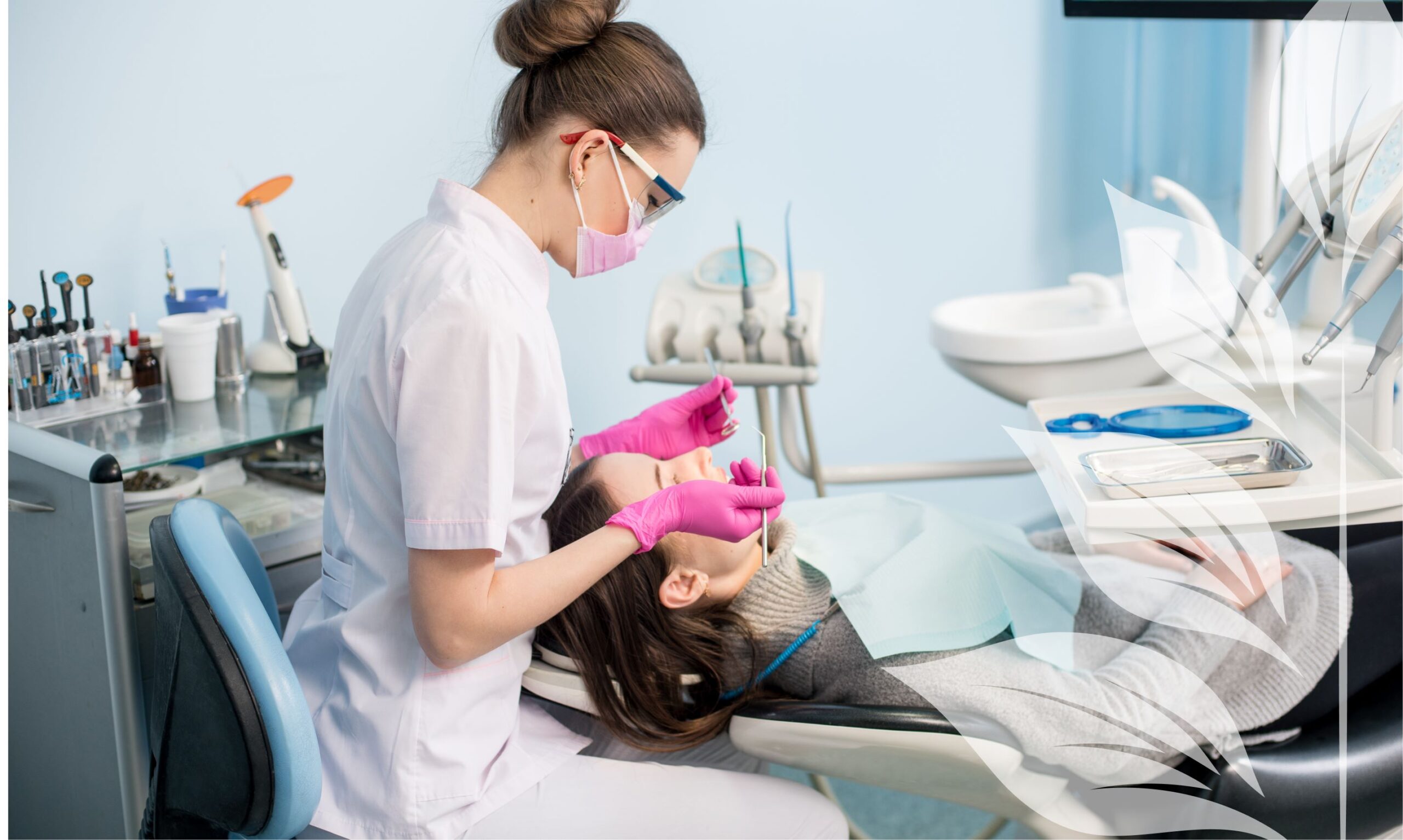Using periodontal therapy, dentists can help reduce the risks of health problems.
Did you know that regular dental visits can also help you keep track of non-dental diseases? For example, dentists can help their patients identify conditions like diabetes. This can be beneficial to a lot of people, as many aren’t aware that they have existing conditions.
Aside from diabetes, dentists can also detect infections outside of the mouth. They can even find signs of osteoporosis in their patients! They can do all these through a thorough evaluation of their patients’ teeth and gums.
Using periodontal therapy, dentists can help reduce the risks of health problems.
But what exactly is this therapy for, though, and how can it benefit both oral and overall health? What does the treatment entail, and is there pain involved? We’ll answer all these questions below, so be sure to keep reading!
What is periodontal therapy?
Periodontal therapy is a type of conservative or non-surgical treatment for gum disease. Its goal is to control and manage periodontal diseases without the need for surgery. Ultimately, it helps restore optimal gum health, which, in turn, helps keep tooth loss at bay.
Who is it best suited for?
Periodontal therapy is often the first line of treatment for slight periodontitis. It’s at this stage of gum disease wherein a patient has at least one tooth with 3 mm of gum attachment loss. About 9% of people with periodontal disease are at this stage.
Periodontal therapy can also help with gingivitis. Gingivitis is different from periodontitis, as it’s only an inflammation of the gums. However, untreated gingivitis can progress into periodontal disease.
Researchers found that periodontal therapy is also effective for moderate chronic periodontitis. This is the most common stage among US adults with periodontal disease. This presents patients with a non-surgical treatment option for their gum condition.
How it all starts
In most cases, dentists can diagnose periodontitis through an in-depth physical examination. A periodontal probe helps them determine if there’s any loss of gum attachment. If there is, this tool also lets them measure the size or degree of the lost gums.
Your dentist can also use an intraoral camera to show you the inside of your mouth. This can help you see for yourself the state of your teeth and gums. Your dentist can also use this as an opportunity to point out areas of improvement.
If the initial test reveals signs of gum disease, your dentist may take digital x-rays. These radiographs are capable of taking almost instantaneous digital images of your mouth. This then allows the dentist to come up with a quicker, more accurate diagnosis.
The Treatment Procedures Involved
All periodontal therapies begin with a professional dental cleaning. This is the same kind of cleaning that your dentist gives you during your routine dental visits. This helps get rid of the first layer of plaque and tartar (hardened plaque) on the teeth. After this comes the specialized treatments for active periodontal disease.
Scaling
Plaque and tartar can build up on the surfaces of the teeth below the gumline. This accumulation occurs as the gums recede (move away) from the teeth. Note that in receded gums, pockets form, and they allow plaque and bacteria to enter.
Scaling, also known as “deep cleaning,” eliminates these hidden build-ups. Your dentist can use hand tools or ultrasonic cleaners to remove plaque and tartar. Ultrasonic cleaning devices allow for the faster breakdown of hardened dental calculus.
Root Planing
Root planing involves smoothing out rough spots that affect the tooth root. By removing the roughened areas, the dentist can get rid of bacteria hiding in these crevices. In addition, this ensures that the gums have a clean surface to reattach to.
With the combination of scaling and root planing, the gums can begin their recovery. Depending on the amount of plaque and tartar, these two procedures may take one to two visits.
Medications
In many cases, dentists may also use medications like antibiotic gels as part of the therapy. These meds help reduce bacterial counts in the mouth. They can also help ease the swollen gums, which in turn, shrinks periodontal pockets.
If the gel will help in your treatment, your dentist will apply it after scaling and planing. This will go in between the treatment pockets.
Your dentist may also prescribe an antimicrobial mouth rinse that you can use at home. As medicated rinses, they contain an active ingredient that combats bacteria. They can help prevent more bacterial infections, especially in newly treated gums.
Do periodontal therapy procedures hurt?
Before the procedures, your dentist will use a numbing agent on the gums and tooth roots. The local anesthesia is quick-acting and will help you feel numb during the treatment. For patients who have a low pain threshold, scaling or planing may cause slight discomfort.
After the therapy session, the treated area may continue to feel numb for an hour or two. You may start to feel some discomfort or slight tenderness once the anesthesia wears off. In most cases, these unpleasant sensations go away after a day or two.
If you have worries about the pain, don’t hesitate to let your dentist know before the procedure. The doctor may provide you with other sedation options. Your dentist may also prescribe you pain relievers to help at home, while your gums heal.
At-Home Aftercare Tips
After the periodontal therapy, you can resume your optimal oral health routine. This includes flossing and then brushing for at least two minutes after every meal. Dining on meals packed with immune boosters like fruits and veggies can also help your gums heal.
If your dentist prescribes antibiotics, please take care to complete the prescription. This helps reduce the odds of bacteria developing medication resistance. It’s also a good idea to see your dentist more frequently than the routine twice-a-year visits. This way, your oral healthcare provider can better monitor the state of your teeth and gums.
Getting Back Your Healthy Pink Gums
Prompt periodontal therapy can help your gums get back to being healthy. In the long run, this means that you also get to keep your pearly whites safe, secure, and in place, and it will help your jawbone stay healthy and strong.
Moreover, early gum disease treatment can keep chronic inflammation at bay. This, in turn, helps lower your risks of developing other, more serious, health problems.
Ready to make your gums healthy, pink, and inflammation-free? Then please know that our dental team is here to help. Don’t hesitate to get in touch with us if you have any questions about periodontal treatments!





